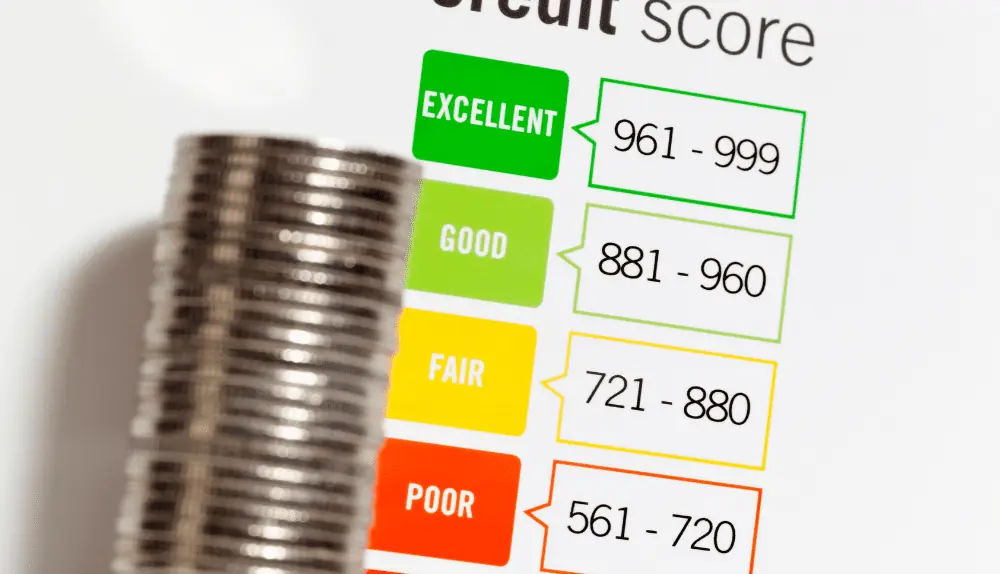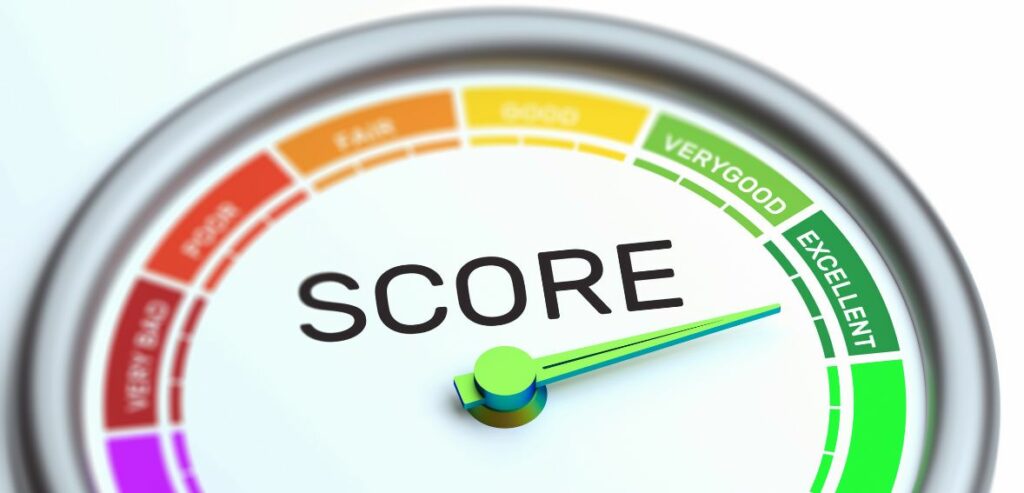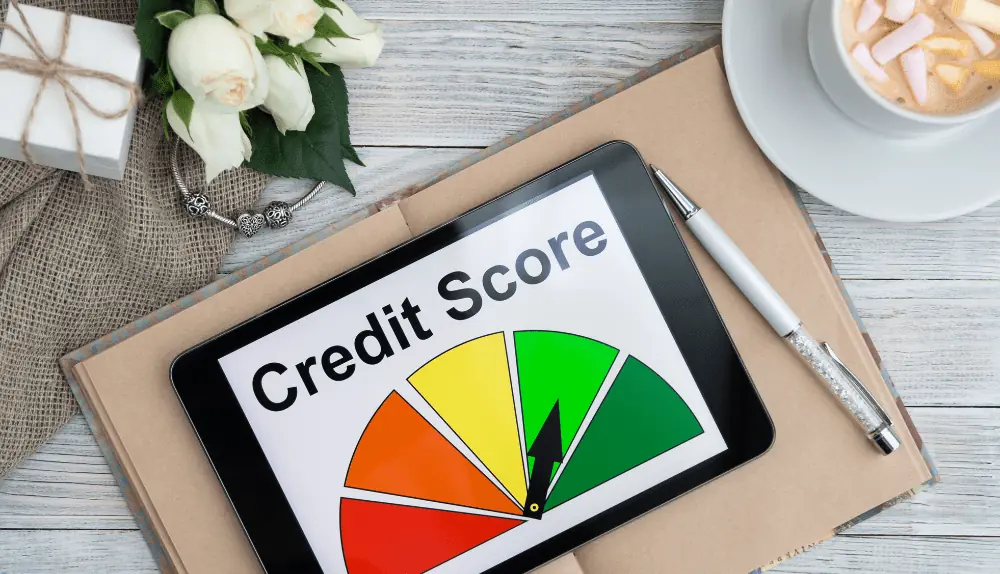If you want to understand your creditworthiness and keep track of your credit score, you must be aware of the many credit scoring systems available. For example, the VantageScore, not like other credit scoring systems, employs a numerical value to indicate your creditworthiness to potential lenders. In contrast to the more well-known FICO score, the VantageScore is produced using a distinct scoring algorithm that considers a variety of credit-related indicators. Your VantageScore and FICO scores may differ as a result.
Tracking both scores is especially crucial if you operate a business, as your business credit score is considered when applying for a corporate loan or merchant account. So, what is a VantageScore and how it’s created and used.
What is a VantageScore?
A VantageScore is a credit scoring system that lenders use to determine someone’s creditworthiness. The three major credit reporting companies (Equifax, Experian, and TransUnion) developed it as an alternative to the more well-known FICO score.

VantageScores employs a proprietary scoring system that considers various credit-related factors such as payment history, credit utilization, duration of credit history, and credit types used.
It yields a numerical score that measures a person’s creditworthiness, and lenders use it to evaluate loan applications. It’s crucial to remember that VantageScores and FICO scores may differ due to their distinct scoring models, and keeping track of both might help consumers better understand their creditworthiness across various criteria.
After understanding the basics of VantageScore, let’s take a closer look at its evolution throughout different iterations.
VantageScore 4.0
The latest version, VantageScore 4.0, was released in 2017 and included new data sources like utility and telecom payments, which purportedly improves the score’s overall predictive power. Additionally, algorithms have been improved to better reflect current credit habits, resulting in the most precise credit indicator ever.
VantageScore 3.0
VantageScore 3.0, launched in 2014, introduced substantial improvements to the previous calculating system, including a shift from a letters-and-numbers-based scoring system to a numbers-only scoring system and creating a cumulative score that considers elements over time. It also altered the weighting of certain types of inquiries.
VantageScore 2.0
VantageScore 2.0, launched following the 2008 economic downturn, used more real-world data and featured score tiers ranging from 501 to 990 and grade levels A to F. Keeping track of these numerous versions might help people understand how the VantageScore has changed over time and what criteria are considered in each edition.
How is it Calculated?
The VantageScore is a credit score derived from data from the three major credit agencies: trended credit data, machine learning, and NCAP optimization. The algorithm considers a variety of consumer indicators, with payment history being the most important, accounting for 40% of the score.
Additional considerations include the credit’s age and type, credit utilization rate, total balances, previous credit behavior, and available credit. Consumers can enhance their VantageScore by maintaining a strong payment history, having various credit accounts, keeping balances low, and minimizing new credit applications.
What Factors Influence Your VantageScore?

Payment history
Payment history is the most important component in determining your VantageScore, accounting for 40% of the total. Payment history refers to both your track record of paying on-time payments and any missed or late payments. Making on-time payments consistently is critical to retaining a high VantageScore.
Type and age of credit
While not as crucial as payment history, the type and age of credit you have bears a considerable weight of 21% in the VantageScore computation. This element takes into account how long you’ve had credit accounts and whether you have a mix of credit types, such as credit cards, vehicle loans, and mortgages. Your VantageScore can be improved by having a longer credit history and diverse credit accounts.
Credit usage
Credit usage accounts for 20% of your VantageScore and relates to the percentage of available credit you currently use. Maintaining a less than 30% credit utilization rate will help you enhance your credit score. For example, if you have a $10,000 credit limit, strive to maintain your balance below $3,000.
Total balances
This factor contributes 11% to your VantageScore and considers the entire amount of debt you owe. A large debt might damage your credit score, so keep your balances as low as possible.
Current credit activity
Current credit activity accounts for 5% of your VantageScore and considers any recent credit applications or inquiries. Applying for many credit accounts quickly can lower your credit score since it shows that you are taking on too much debt at once.
Available credit
Finally, available credit accounts for 3% of your VantageScore and relates to the amount of credit you have access to use. A large amount of available credit might help raise your score because it indicates that you have the financial resources to deal with unforeseen bills. Seeking an increase in your credit limit or opening a new credit account will help you increase your available credit.
VantageScore Range
The VantageScore range is from 300 to 850. A higher VantageScore suggests a stronger credit history and a higher likelihood of repaying debts. The VantageScore range is split into five credit score categories:
Poor: 300-499
Fair: 500-599
Good: 600-699
Excellent: 700-749
Exceptional: 750-850
Each lender or financial institution may have its own definition of a good credit score. Generally, a credit score of 650 or above is regarded as good, while a score of 750 or more is considered exceptional. It’s crucial to note that lenders may evaluate other indicators, such as income, employment history, and debt-to-income ratio, in addition to credit scores when making lending decisions.
How to Improve Your VantageScore?

It takes time and works to improve your VantageScore, but it is doable with a few crucial actions. Here are some pointers to help you raise your VantageScore:
- Make on-time payments: Payment history is the most significant factor affecting your VantageScore, so making on-time payments is crucial. Consider setting up automatic payments or reminders to help ensure you don’t miss a payment.
- Maintain your credit utilization low: The credit utilization rate, or the amount of credit you’re using compared to your total credit limit, is another crucial factor. Aim to maintain your credit utilization under 30% to show lenders that you can manage your credit responsibly.
- Limit new credit applications: Applying for new credit can cause a temporary dip in your score due to hard inquiries. Limit your credit applications and only apply for credit when you really need it.
- Monitor your credit report: Check your credit report on a regular basis for problems or inaccuracies that could lower your score. If you discover any mistakes, file a dispute with the credit bureaus.
- Diversify your credit mix: Having a mix of credit types, such as credit cards and installment loans, can demonstrate your ability to manage different types of credit. However, don’t open new accounts just to diversify your credit mix.
- Keep old accounts open: Length of credit history is another factor, so keeping old accounts open and in good standing can help boost your score over time.
Keep in mind that increasing your credit score requires time and patience. Building solid credit habits and adopting responsible credit conduct will eventually enhance your VantageScore.
Difference Between VantageScore and Fico
VantageScore and FICO are both credit scoring models used by lenders to assess the creditworthiness of borrowers, but they differ in several ways:
Calculation Method: VantageScore and FICO use different algorithms to calculate credit scores. VantageScore uses a single algorithm across all three credit bureaus, while FICO has several algorithms, each tailored to the type of credit being sought (e.g., credit cards, mortgages, auto loans).
Score Range: VantageScore and FICO have different score ranges. VantageScore ranges from 300 to 850, while FICO scores range from 300 to 850 for most types of credit but can range from 250 to 900 for specific industries, such as auto loans.
Credit Data: Although both VantageScore and FICO use credit data from the three main credit bureaus (Experian, Equifax, and TransUnion), they may weigh the data differently. VantageScore considers payment history, credit utilization, length of credit history, types of credit, and recent credit behavior. FICO considers amounts owed, payment history, new credit, credit mix, and length of credit history.
Availability: VantageScore is a newer credit scoring model with fewer lenders than FICO, which has been used for over 30 years and is more widely adopted by lenders.
Updates: In recent years, VantageScore has been updated more frequently than FICO, with the latest version being VantageScore 4.0. FICO has also periodically updated its scoring models, with the latest version being FICO 10.
Conclusion
Recognizing the importance of credit rating systems is vital for maintaining track of your creditworthiness, and the VantageScore is one such method to examine. Compared to other systems, such as FICO, VantageScore offers a unique way of assessing creditworthiness due to its special algorithm that considers many credit-related factors. We hope that with this article, we answered your question about what is a VantageScore because understanding how your credit score is produced and what things influence it might help you maintain a good credit history.

